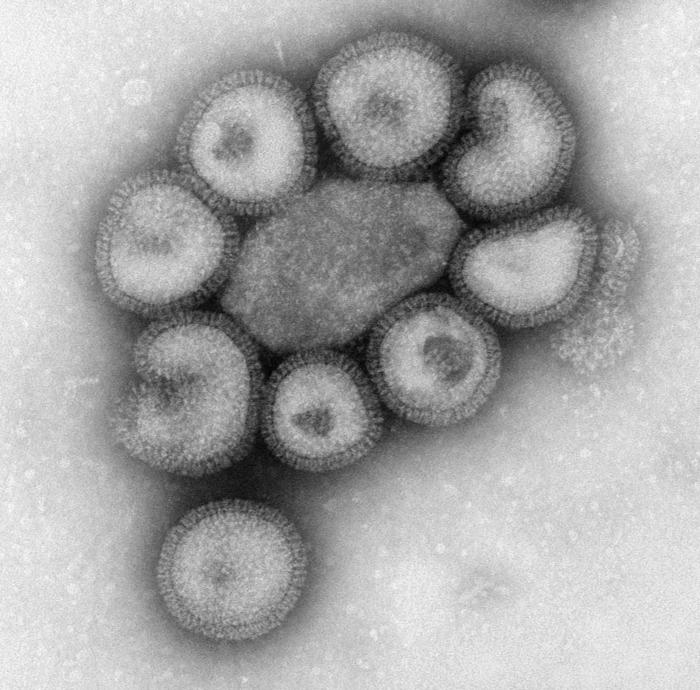There are clear benefits to society of sharing resources, which, for certain microorganisms, can include sharing your genes. Now scientists have shown that some bacteria assemble their own virus-like particles to boost the efficiency, more than a  million-fold, of the spread of their genetic "know how" throughout the microbiological community.
million-fold, of the spread of their genetic "know how" throughout the microbiological community.
The existence of GTAs - or gene transfer agents, tiny virus-sized particles containing chunks of bacterial genetic material - had been documented previously (in 1974), but the significance of their contribution to the spread of advantageous genetic traits amongst microbes had never been determined.
To establish their role, University of South Florida scientist Lauren McDaniel and her colleagues, writing in Science, cultured a strain of reef-dwelling bacterium called Rhodobacter capsulatus known to produce GTAs.
Using genetic engineering techniques, she added to these bugs genes conferring resistance to several antibiotics. Then, either by growing these modified bugs alongside other previously non-antiobiotic resistant bacteria, or by adding just the GTAs collected from the modified bacteria, she was able to demonstrate that up to 47% of the formerly antibiotic-sensitive bacteria became antibiotic resistant.
The results show that these bacterial virus-like particles are a highly efficient vehicle for the transmission of genetic traits amongst a range of microbes, and, according to the researchers "suggest a genomic flexibility in marine microbial populations that facilitates their adaptation to changing environmental conditions. are a powerful means by which microbes adapt to changing environments."










Comments
Add a comment